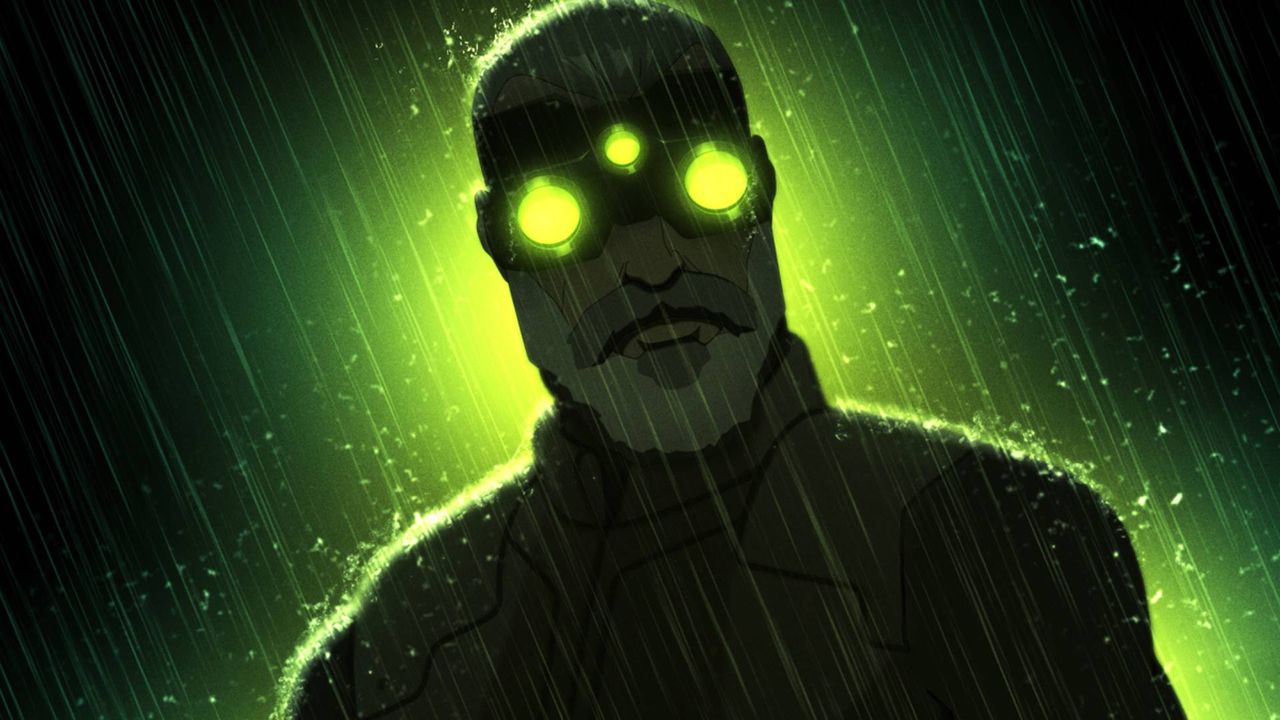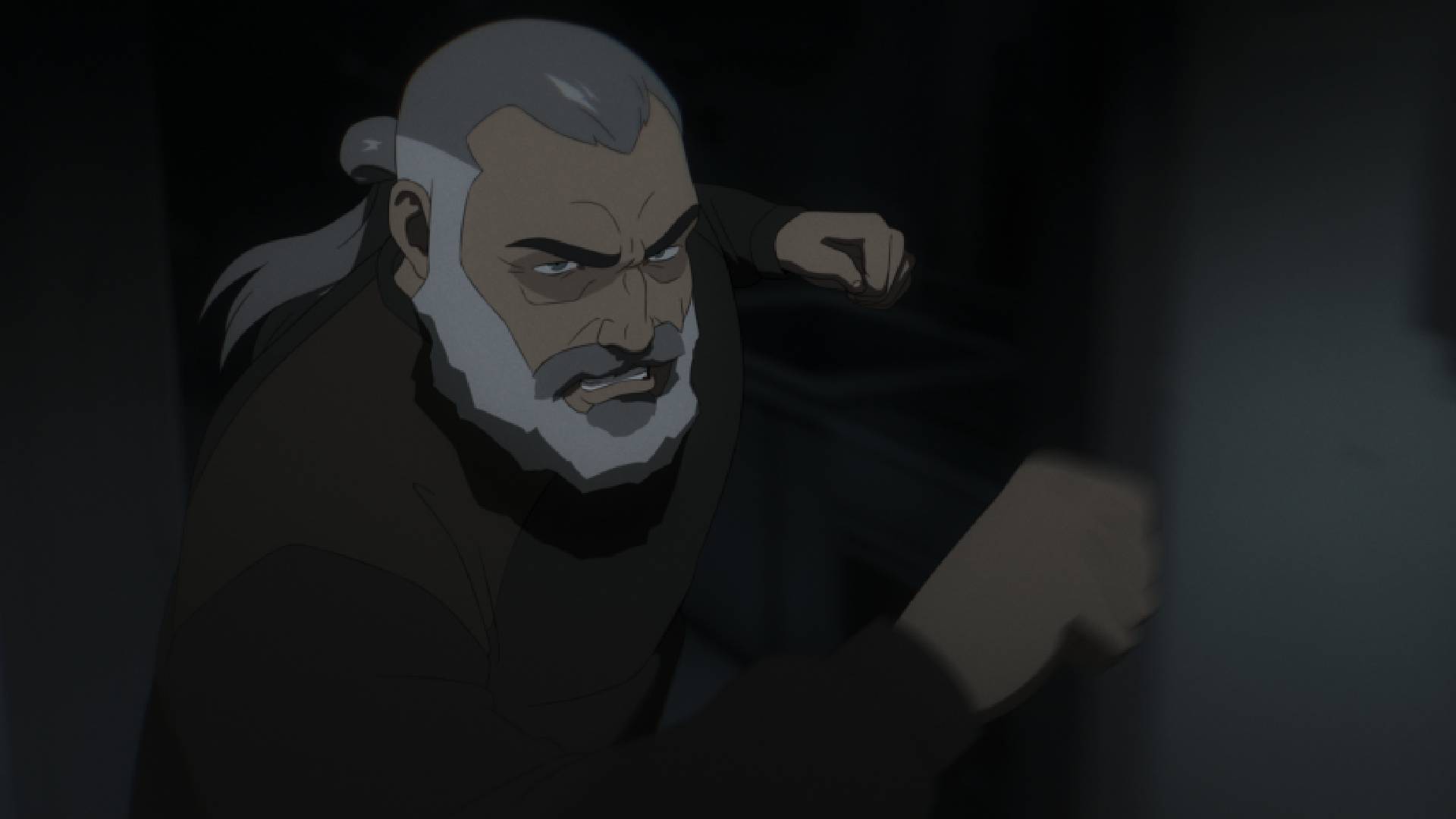
For the first time in over a decade, Splinter Cell has emerged from the shadows – but not in the way you might have been expecting.
Splinter Cell: Deathwatch, brought to life by John Wick creator Derek Kolstad, sees an older Sam Fisher (Ray Donovan's Liev Schreiber, replacing series veteran Michael Ironside) dragged out of retirement after a Fourth Echelon operation involving Agent Zinnia McKenna (Kirby Howell-Baptiste) puts the agency on a collision course with some major power players with ties to Sam's past.
So far, so very Splinter Cell – the show hewing closer to the more high-octane, spy thriller flavor of Conviction and Blacklist, with sprinklings of the original trilogy thrown in for good measure.
Release date: October 14 (Out now)
Available on: Netflix
Showrunner: Derek Kolstad
Episodes: 8
Long-time fans will be keen to know Deathwatch is a quasi-sequel to the events of series high watermark Chaos Theory and the legacy left behind by its antagonist, Douglas Shetland.
Here, the progeny of Sam's one-time friend Displace CEO Diana Shetland and petulant half-brother Charlie Shetland are the foil on which Fisher and company bounce off. Some brave narrative swings aside – particularly in its finale – these enfants terribles are largely inert, never quite stacking up to the more explosive villains from Splinter Cell's storied past.
The animation style, too, is listless. Expecting Arcane-level art was unrealistic, but given how the Splinter Cell games play with light and darkness, there was plenty of space for a more experimental look. Here, it's that (seemingly ubiquitous) jarring, clunky western style that looks pretty ugly and, crucially, doesn't sing in motion – a necessity for a series that trades in spycraft and skulking through claustrophobic environments.
No real Conviction

The big talking point coming into Deathwatch, however, involved Liev Schreiber taking over the night-vision goggles from Michael Ironside. Mercifully, it's a much-needed win for all involved.
While this isn't the first time Ironside has stepped aside for the iconic role, it may disappoint some to see Chaos Theory-era flashbacks and more meaty, dramatic scenes without the gravelly tones of Ironside. Despite that, Schreiber proves a more than capable replacement, often elevating barebones material with a sense of gravitas and pathos that is sorely missing from the majority of the Netflix series.
Splinter Cell: Deathwatch's newcomer, Agent McKenna, is also a welcome arrival. Her work in the field may be nearer to the blunt instrument style of Daniel Craig-era 007's compared to Sam Fisher's ghost-like tendencies to creep up on henchmen unawares, but that yin-and-yang dynamic plays well in a show that is otherwise sorely lacking in relationships, working or otherwise.
Of course, it wouldn't be Splinter Cell without a hearty helping of sneaking. In that sense, Deathwatch doesn't disappoint, with a handful of set-pieces feeling like, at worst, stimulating proof of concepts for missions we'd love to play with a controller in our hand.
This being a TV show, though, drains the franchise's legendary one-against-all tension with constant back-and-forths between middling B-plots and meandering villain monologues. If you want to see Sam strut his stuff – split-jumps and all – you'll be better served cracking out Chaos Theory and reliving the good old days.
Splinter Cell: Deathwatch joins Netflix's swelling roster of video game adaptations, but never reaches the heady heights of its peers. Where the likes of Cyberpunk: Edgerunners, Castlevania, and Arcane effortlessly transplant the quality of its source material across to animation, Deathwatch – ironically, given how it drags Sam Fisher out of retirement – feels like a pale imitation of the long-dormant stealth franchise.
Splinter Cell: Deathwatch is now streaming on Netflix. Add more to your watchlist with our picks for best shows on Netflix and best Netflix anime.







